- Home
- Machining techniques
- CNC Machining Services
- Cooperative supply services
- Designs
- Materials
- Finishing Services
- Shop
- Products
- Guide
- About Us
- Contact Us
2022.5.18
As the meeting of the Standing Committee of the Political Bureau of the CPC Central Committee proposed to “accelerate the construction progress of 5g network, data center and other new infrastructure”, the top-level design pressed the “acceleration key” for the construction of new infrastructure. It can be predicted that on the basis of more powerful new infrastructure, software will obtain an unprecedented benign development ecological environment in China’s industrial manufacturing environment. For 3D printing, a manufacturing technology with obvious digital characteristics, software can be said to be the basis for unlocking the industrialization potential of 3D printing. In this article, let’s take a look at the software that affects 3D printing.
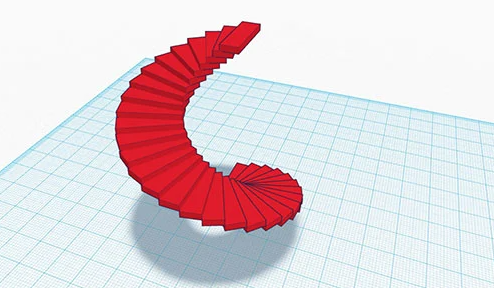
In order to effectively implement 3D printing in production environment, software tools for design, simulation, preprocessing, task allocation, manufacturing, inspection and quality management are needed.
Design (CAD)
Engineers and designers use computer aided design (CAD) software to digitally define the three-dimensional geometry of parts. In most cases, the CAD software used to design 3D printed parts is the same as that used in conventional manufacturing. For some applications, surfaces and structures optimized for the characteristics of additive manufacturing are used. The optimization methods include filling complex cell structures, hollow features and adding digital textures. In this regard, some highly targeted software has been born.
In the field of industrial manufacturing, the design of many parts or machinery is inspired by biology. For example, the design of submarine is inspired by the body shape or skin structure of dolphin. So why do we need to introduce the concept of biology into manufacturing? The biological structure created by nature is ingenious and complex. How can people “copy” these works of nature into industrial manufacturing?
The increasingly developed intelligent design software and 3D printing technology provide us with a shortcut to create bionic structures. There is a special kind of design software in the market, called “generative design” and “topology optimization” (GD / to) software, which can define the loading scheme and optimize the part geometry under boundary conditions and design constraints to achieve the required performance. The software relies on computer iteration and simulation to improve the geometry of parts, and combines CAD design rules with simulation from computer aided engineering (CAE) tools.
Generative design can help designers optimize the strength weight ratio of parts, imitate the development of natural structure, create the most powerful structure, and minimize the use of materials.
Creative design is a process of human-computer interaction and self innovation. According to the design intention of the input, the geometric model of the potential feasible design scheme is generated through the “generative” system, and then the comprehensive comparison is carried out to screen the design scheme and push it to the designer for the final decision.
Simulation (CAE)
With the shortening of product launch time, the shortening of R & D cycle and the improvement of new product release speed, manufacturing users are facing increasing innovation pressure. Today, the complexity and diversity of products are also increasing, which brings pressure to product R & D.
The traditional trial and error method has been unable to maintain a leading position in today’s global competition because it is laborious, time-consuming and expensive. The power of Computer Aided Engineering (CAE) simulation to drive design, manage complexity and predict potential problems has become an indispensable link in product design, production process and even product operation process.
On the one hand, the degree of freedom brought by additive manufacturing to design puts the application of simulation to the front end of product design, finds and solves design defects from the earliest stage of design, and additive manufacturing provides a process basis for forward design. On the other hand, simulation technology can stimulate the potential of additive manufacturing.
In the case of 3D printing, CAE is not only used to optimize the design, but also used to predict the manufacturing process, optimize the manufacturing process and develop new materials. Due to the physical complexity involved in 3D printing, CAE software can help alleviate many potential causes of quality problems. The application value of additive manufacturing simulation is reflected in improvement, reduction and development. Improvement, including improvement of metal additive manufacturing design process, understanding of process, machine production efficiency, material utilization, repeatability and quality; Reduction, including reduction of printing failure, printing time, unqualified parts, post-processing, trial and error, equipment maintenance and impact on the environment; Development, including the development of new materials, new machines, new parameters, personalized microstructure and desired material properties.
It can be said that simulation is very important for 3D printing, which permeates all aspects of 3D printing process chain from modeling to feedforward control, and then to process control, material development and so on.
With the continuous maturity and application of 3D printing additive manufacturing technology, the performance is predicted, the design is optimized and the product behavior is verified by CFD and FEM before manufacturing. The parts are processed by additive manufacturing technology after structural fluid characteristic topology optimization, structural topology lightweight and size optimization design. CFD, FEM technology and 3D printing additive manufacturing technology complement each other, achieve each other, and jointly promote the performance upgrading of parts.
In addition to improving the overall printing quality, CAE tools also play an important role in helping to optimize parameters such as printing speed and energy and material input, which are important factors in the economics of 3D printing. The combination of CAD and CAE is becoming more and more close and seamless. The seamless combination of modeling and simulation is becoming the general trend.
Manufacturing Processing (CAM)
Computer aided manufacturing (CAM) uses software to control manufacturing equipment such as machine tools. CAM software takes CAD and CAE data as input and creates machine instructions (G code), which are programmed to perform accurate machining processes. In the field of 3D printing, the cam process involves five key steps:
– 1. Determine part construction direction: the best way to determine part direction in a part depends on many factors, such as accuracy and surface finish requirements, process, support structure, etc. Cam can suggest the best construction direction, but it usually requires user input.
– 2. Support strategy: there are many different ways to support parts, and the best support structure depends on its geometry, process, material and other variables. In most CAM software, this step is largely automated.
– 3. Machining allowance: in order to achieve the required high surface finish and accuracy requirements, a certain machining allowance is usually required. These allowances are removed by post-processing processes such as machining.
– 4. Part layout: some 3D printing processes can print many parts at one time, distributed on the whole substrate, or stacked on the z-axis. CAM software helps to nest parts to maximize the number of parts per build.
– 5. Machining strategy: after completing all the above steps and selecting the printing parameters, the cam software will generate G code, which will be sent to the printer to execute the printing process.
At present, more advanced industrial additive manufacturing users usually use third-party processing tools to obtain more control and efficiency. This independent cam software can play a role in dealing with the construction of high, complex and high-resolution computing requirements. It also allows one API to be used with a different set of 3D printing devices. These software include netfab (Autodesk), magics (materialise) and dyndrite.
Workflow (MES / ERP / PLM)
Manufacturing workflow software has been used in conventional supply chains for decades. The categories of the software include manufacturing execution system (MES), enterprise resource planning (ERP) and product life cycle management (PLM).
Walking into any 3D printing company, you will find the same challenge: many enterprises are still using Excel to manage the whole manufacturing process, and those Excel spreadsheets containing key data are stored on the local hard disk of each team member’s system. The only remaining part integrated into the business is file sharing on the company’s servers. Although many enterprises are using enterprise resource planning (ERP) system to provide visibility for each department of the company, ERP “skips” workshop processing.
However, as 3D printing became an integral part of manufacturing, the method of Excel spreadsheet soon became unsustainable. At first glance, 3D printing seems to be just a step, but the “black box process” in processing is actually full of discrete operation and data collection opportunities, including print preparation, construction simulation, real-time monitoring and analysis, cross machine connection, facility scheduling, post-processing requirements, etc.
In the past few years, with 3D printing technology moving towards industrial production, in addition to design software and simulation software, two key new categories of software related to 3D printing have emerged: workflow and security software. Workflow software is also important for additive manufacturing process. In the process of integrating additive manufacturing technology into production, manufacturing enterprises will have an increasing demand for workflow software, which can manage the production steps involved in additive manufacturing process. The prospect of workflow software has been developing in the past five years. Now many software suppliers have provided solutions to manage additive manufacturing workflow.
Materialise, AMFG, 3YourMind, Authentise, Link3D, Oqton and other software providers are redefining traditional MES to support software products to manage all aspects of 3D printing workflow to meet the automatic management needs of 3D printing.
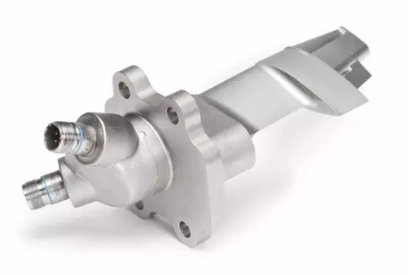 Additive Manufacturing: What Is It, Advantages, How Does Additive Manufacturing Help Aerospace
Additive Manufacturing: What Is It, Advantages, How Does Additive Manufacturing Help Aerospace
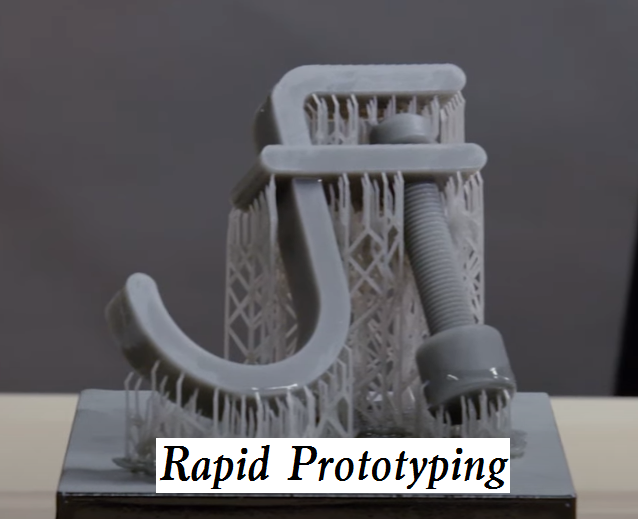 3D Printing vs Additive Manufacturing vs Rapid Prototyping, What’s the Difference
3D Printing vs Additive Manufacturing vs Rapid Prototyping, What’s the Difference
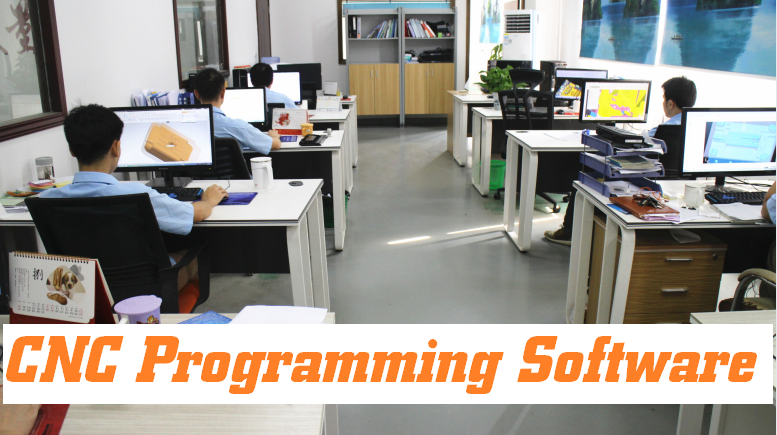 Which Software is Used for CNC Programming | CNC Programming Software Download| CNCLATHING
Which Software is Used for CNC Programming | CNC Programming Software Download| CNCLATHING
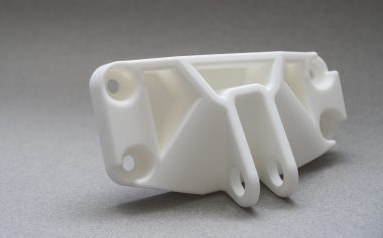 How to Design Parts for 3D Printing – Design Principles for 3D Printed Parts
How to Design Parts for 3D Printing – Design Principles for 3D Printed Parts
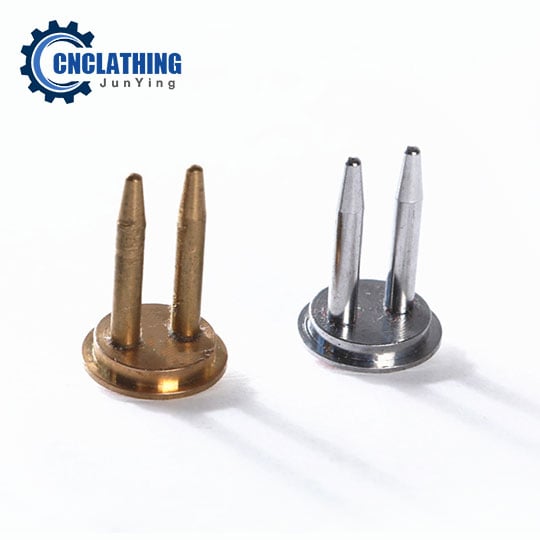 Cam Lock Types & Applications | Cam Specification, Mounting Hole Size and More
Cam Lock Types & Applications | Cam Specification, Mounting Hole Size and More
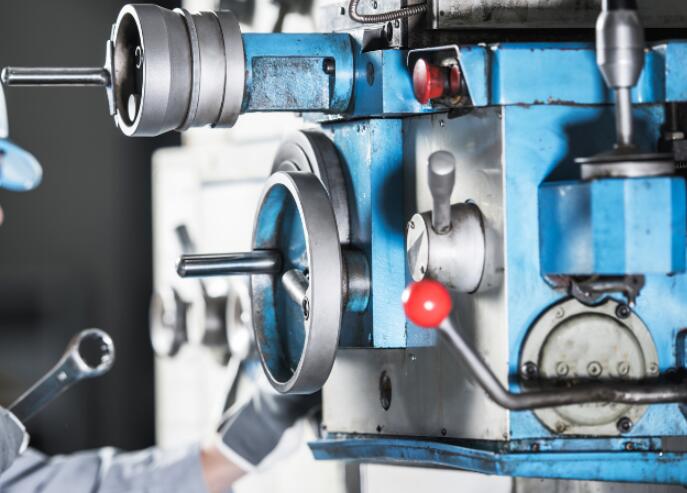 What is Mechanical Engineering | Difference Between Additive and Subtractive Manufacturing
What is Mechanical Engineering | Difference Between Additive and Subtractive Manufacturing
